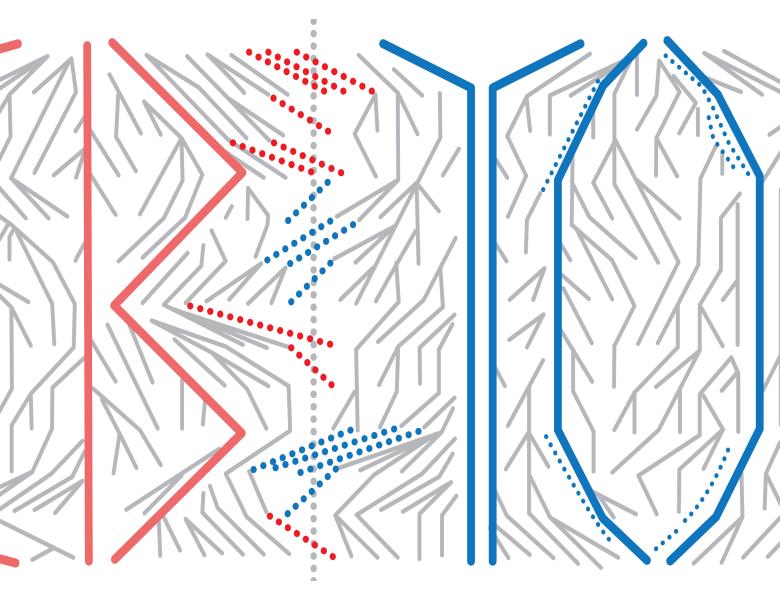
Abstract
Pervasive natural selection can strongly influence observed patterns of genetic variation, but these effects remain poorly understood when multiple selected variants segregate in nearby regions of the genome. Classical population genetics fails to account for interference between linked mutations, which grows increasingly severe as the density of selected polymorphisms increases. I will provide a bit of background on the general problem and existing theoretical approaches, and then describe a simple limit that emerges when interference is common, in which the fitness effects of individual mutations play a relatively minor role. Instead, similar to models of quantitative genetics, molecular evolution is determined by the variance in fitness within the population. I will describe how this insensitivity can be exploited to define a "coarse-grained" model, which approximates the effects of many weakly selected mutations with a smaller number of strongly selected mutations with the same variance in fitness. This approximation generates accurate and efficient predictions for silent site variability when interference is common. However, these results suggest that there is reduced power to resolve individual selection pressures when interference is sufficiently widespread.


